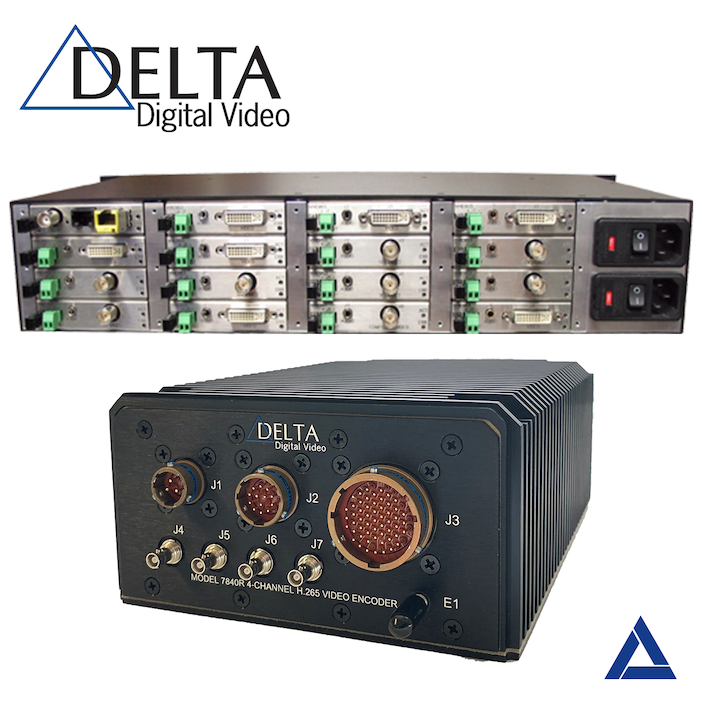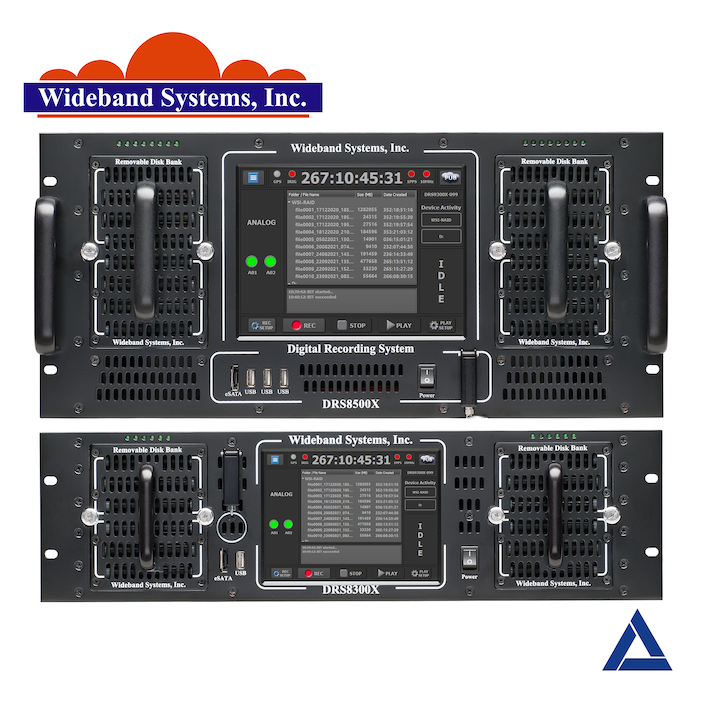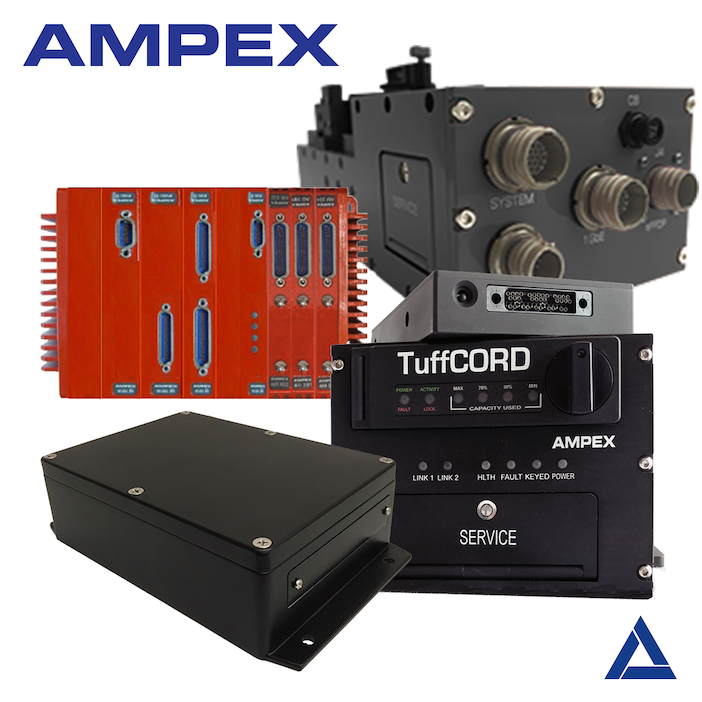The Delta Information Systems Group carries several brands and is expanding in the aerospace testing sector.
The company can trace its history back to 1976, when as a consultancy it helped the US Government with communication standards and video compression technology. By the early 2000’s it had grown the video side of its business and established itself in aerospace testing by creating GDP Space Systems.
In 2013 the company bought competitor telemetry company Acroamatics, which has a strong presence in missile testing. Just one year later data storage and video company Ampex, which produces mainly airborne products was added to the team.
Even more recently the company acquired Ch10 ground-based data recorder supplier Wideband this August.
Aerospace Testing International caught up with Gary Thom, president of Delta Information Systems ahead of the International Telemetry Conference in Las Vegas.
Q: Can you describe your role at Delta, what you do and how you arrived there?
I worked for GDP as an engineer for a while in the 1980s and then joined Delta in 1992 to head up the video part of the company. In 1999, I was appointed president of the Company.
Q: What is the structure of the company?
Ampex and Delta Digital Video (DDV) both make airborne products and a lot that goes into ISR platforms, mission recorders and airborne file servers. GDP and Acroamatics both make ground equipment. Together all our companies offer a complete E-2-E solutions for our customers’ needs.

Q: Why was Wideband Systems acquired and how does it fit into the rest of the Group?
There was a long time between our Ampex and Wideband acquisitions. It took a long time to find the right complementary business. Owners find us an attractive acquirer because we tend to take care of their employees and the legacy that they created.
In terms of technology Wideband is a great match for all our businesses. It makes ground-based Chapter 10 recorders. Ampex makes airborne Chapter 10 recorders. GDP and Acroamatics make products that stream Chapter 10 data. They all serve the same market.
Q: What does the acquisition of Wideband Systems mean to you customers?
They will get better technology insertion at a lower cost. We’re putting some of our video technology into the Wideband recorders now.
DDV is a leader in video compression technology for the military. They provide video compression components for almost all the US unmanned air systems. Wideband and its customers will see that technology soon. That technology is just transferring across, without any costs added.
Wideband also has recorders for RF / IF signals and GDP makes RF / IF receivers. We’re already sharing best practices for how to best recover signals from noise. My background is digital engineering – to me that RF stuff is magic, how they pull those signals out of noise is amazing.

Q: How do the Group’s different devices work together?
We have all these pieces on the ground now to handle data from the output of the antenna to the engineer’s eyeballs. Our software platform pulls all those pieces together and provides centralized control. Wideband will be integrated into that ecosystem soon.
We provide more integrated solutions to our customers, that are pre-tested with all the compatibility problems solved and controllable from a common platform.
Q: What benefit is that to a test engineer?
It makes it simpler to operate complex systems, which reduces mistakes and shortens setup time. It provides a lot of troubleshooting capability, helping you to get to the problem area, solve it and get back to the mission quickly.
Q: What is your approach to innovation / developing your products?
We want everything to become networked. We were one of the first companies to send telemetry over Ethernet in the early 1990s. At the time nobody was interested, but today everything is moving to telemetry over IP. All our products support it and the latest IRIG 218-20 standard.
The reason is that old copper infrastructure can’t support the data rate increases we are seeing, while Ethernet scales up incredibly well. We have a system in China Lake that has 270, 40MB data streams in it.

Another good example of our innovations is Best Source Selector (BSS) which takes feeds from multiple antennas, lines them up in time and then a bit-by-bit majority vote creates a single best output signal.
That means as an aircraft turns and banks and the signals into different antennas are coming and going, the BSS picks the best signal at any given time and gives you one single best output. That process used to take weeks with tape recorders, and now it’s done in real time.
Q: What differentiates you from your competitors?
Most important to us are our employees and our customers. We try and provide a great workplace for our employees. For our customers we try and provide fanatical levels of support and go above and beyond to help them. Our philosophy is to solve the problem first and the money will take care of itself later.
Q: What do you see as the company’s biggest achievement?
For DDV our biggest is that we were at the right place at the right time to get involved with the UAV programs. We worked very closely with General Atomics early on with the Predator, the Reaper and Grey Eagle and their new jet powered UAVs.
The work with General Atomics led into business with other UAV manufacturers. Our equipment is used on nearly all UAV platforms.
One of Ampex’s claims to fame is that they make high speed recorder products with very large disk arrays. They’ve achieved record-breaking speeds of a 100GB/S data transfer.

Q: Are there any trends in IT / aviation you would highlight as impacting the aerospace testing sector?
Machine learning and neural networks are a massive opportunity, and we are looking into how to bring artificial intelligence into what we do and our products.
Machine learning will help engineers configure systems, or tune filters properly. It might be applied on a small scale throughout all the products at first, but it will make a big difference.
As it develops into processing and display functions, machine learning will help anomaly detection, highlighting data points. But it will be a step-by-step introduction.
Q: What does the future hold for the Delta Information Systems Group and its customers?
Acquisitions are part of the plan. But we’re not just acquiring revenue. We are looking at putting complementary companies and technology pieces together, sharing sales and marketing, technology and infrastructure. That’s how we bring value to all of our businesses.
We want people to grow organically through new products and markets, but we are always looking for new opportunities.





